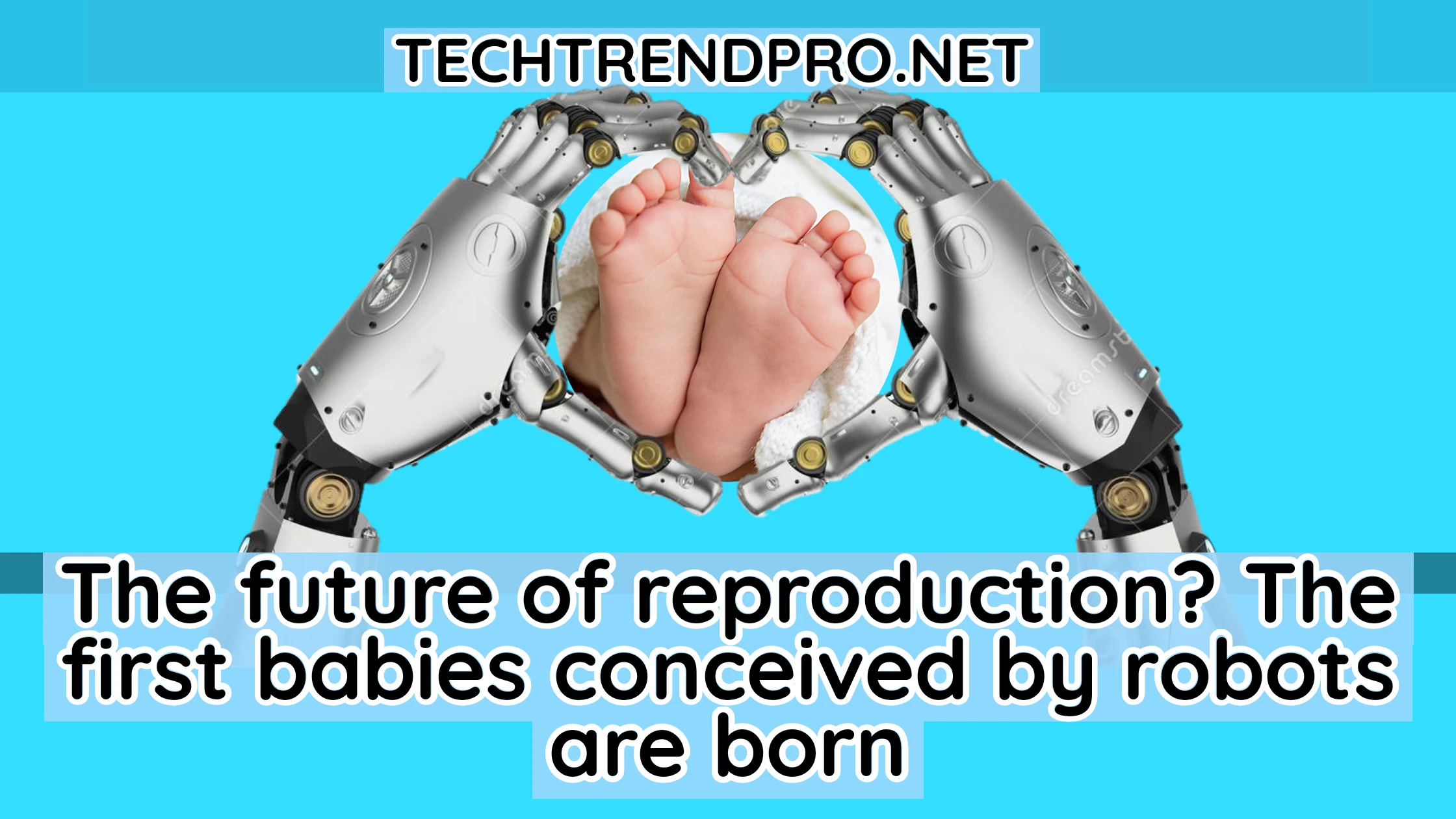In the year 2023, science and technology have surprised us once again with the birth of the first babies conceived with the help of a robot. This advance in reproductive medicine has been possible thanks to the development of innovative technology, which has allowed the creation of embryos in vitro and their subsequent transfer to the mother’s uterus.
How does robotic assisted conception work?
The robot-assisted conception process is carried out by a specialized robot, which is designed to take sperm and egg samples from the parents and carry out in vitro fertilization in a laboratory. Once the embryos are ready, they will be enlarged into the mother’s uterus using a non-invasive procedure.
The use of this technology has many advantages compared to other assisted conception methods. One of the main advantages is that the process is much faster and more efficient, which increases the chances of success on the first try. In addition, the technology can also help avoid certain risks associated with other assisted conception methods, such as multiple embryo transfer and the possibility of miscarriage.
Ethics and regulation in robot-assisted conception
Despite the benefits that robot-assisted conception technology offers, there are regulatory and ethical concerns that must be considered. In many countries, the regulation of assisted reproductive technology is a sensitive issue, and experts are debating how best to regulate robot technology to ensure patient safety and protect the rights of children conceived through this technology.
In addition, there is also the question of ethics surrounding the use of robots for conception. Is it ethical to use a technology for the creation of life? What effect will these advances have on society and the way we understand human reproduction? These questions are still unanswered, but it is important that they are addressed as technology continues to advance.
The future of robotic assisted conception
Despite regulatory and ethical concerns, robotic-assisted conception technology has great potential to help couples facing fertility issues and healthcare professionals working in the field of reproductive medicine. As technology continues to advance, we are likely to see further advances in robotic-assisted conception, including the ability to create embryos using skin cells and other innovative technologies.
As technology continues to advance, we are likely to see more advances in this exciting field of reproductive medicine, and it is important that regulatory and ethical concerns are addressed to ensure technology is used safely and responsibly.




